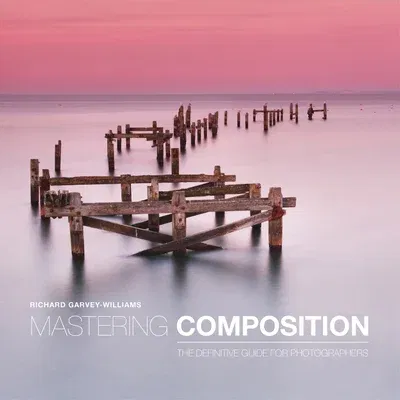Going beyond the rule of thirds, this offers invaluable tips and tools
to help the photographer take control of the creative process with
emphasis on four elements: an impactful subject, dynamic composition,
effective use of lighting, and an ability to invoke an emotional
response in the viewer
What makes a great photo? Flicking through the pages of popular
photography magazines you might get the impression that there's only one
rule of importance--the rule of thirds. Indeed it appears that some will
judge the merit of a photograph based almost solely on this. Rarely do
you hear discussion about visual weight, balance, negative space, depth,
and so on. Author and professional photographer Richard Garvey-Williams
argues that success lies in a combination of four elements: an impactful
subject; dynamic composition; effective use of lighting; and, perhaps
the most crucial, ability to invoke an emotional response in the viewer.
Citing examples gleaned from a study of history--the Ancient Greeks'
Golden Rule; Fibonacci's mathematical ratio; and the principles known as
the Gestalt theory--the author analyzes the concepts, rules, and
guidelines that define successful composition in photography and offers
practical guidance to achieving great results. In clear, concise, and
jargon-free text he also considers the role of tone and color in good
composition, and offers invaluable tips and the tools to help the
photographer take control of the creative process. The book is
illustrated with examples of the author's own beautiful nature
photography, along with diagrams and notation to explain techniques most
clearly. A final chapter in this definitive guide for all serious
photographers discusses photography and its relationship to art before
offering a considered conclusion to the exploration of this fascinating
topic.

